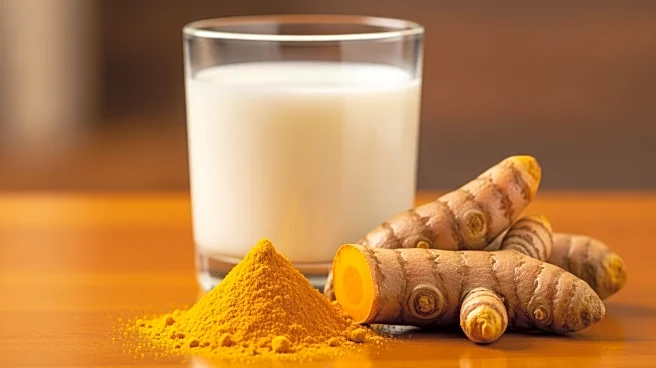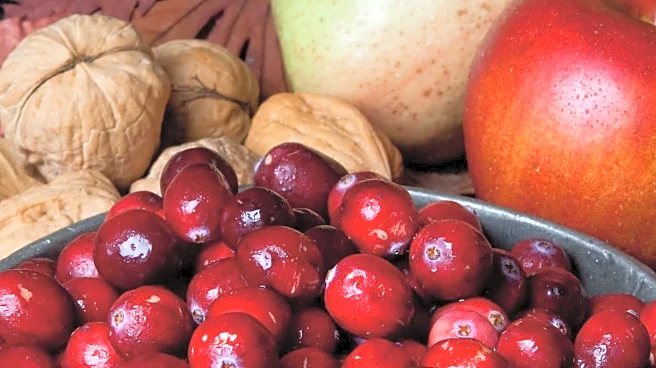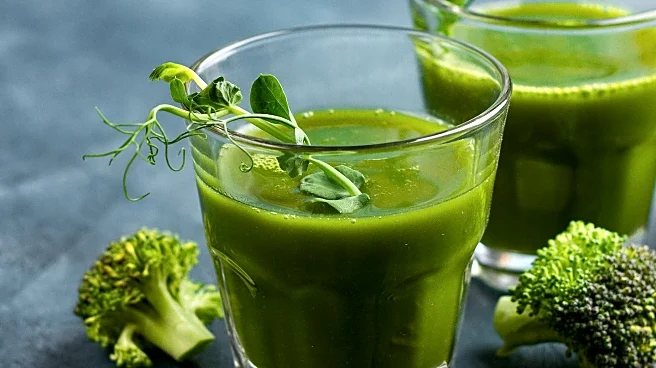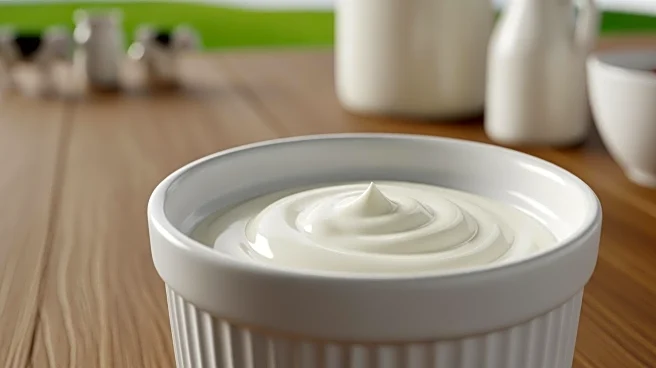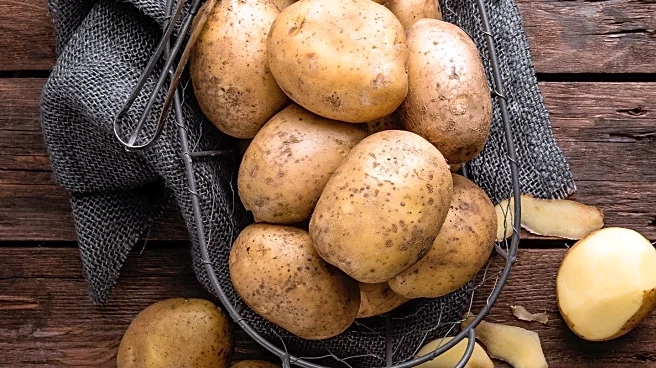What's Happening?
A study utilizing density functional theory and molecular docking has explored the interactions between curcumin and aflatoxins M1 and M2, aiming to reduce toxicity in milk and dairy products. The research
examined the structural and electronic properties of curcumin and aflatoxins at various processing temperatures, revealing that curcumin forms stable complexes with aflatoxins, potentially mitigating their toxic effects. The study highlights curcumin's potential as a natural detoxifying agent during dairy processing, particularly at pasteurization temperatures.
Why It's Important?
Aflatoxin contamination poses significant health risks in dairy products, and finding effective mitigation strategies is crucial for food safety. Curcumin's ability to interact with aflatoxins and reduce their toxicity offers a natural alternative to chemical additives, aligning with consumer demand for cleaner food products. This research could lead to improved safety protocols in the dairy industry, enhancing public health and reducing economic losses associated with aflatoxin contamination.
What's Next?
Further research is needed to optimize curcumin's use in high-temperature applications such as sterilization. Exploring curcumin derivatives or encapsulation techniques could enhance its stability and effectiveness. The dairy industry may consider incorporating curcumin into processing protocols to improve product safety and quality.
